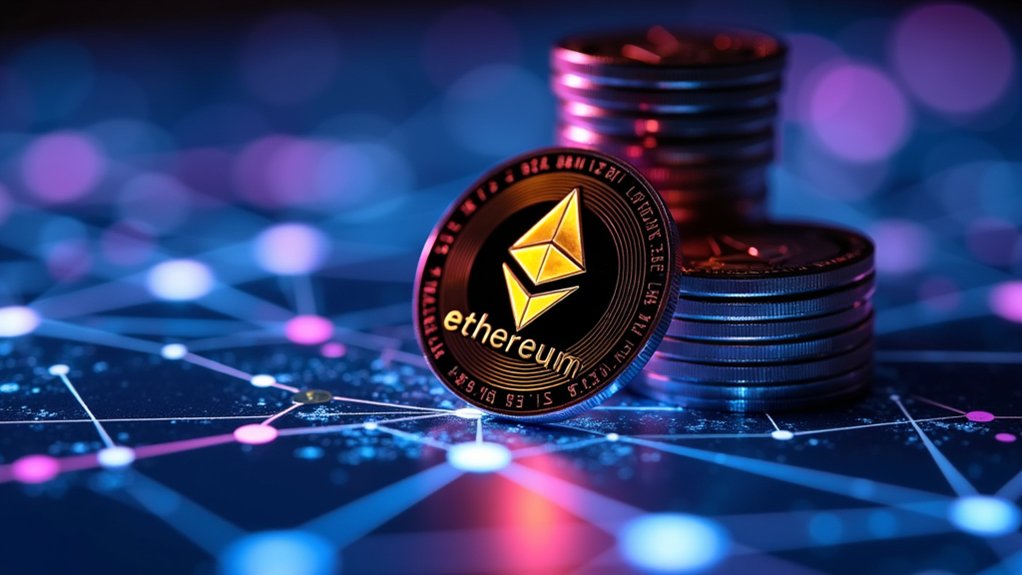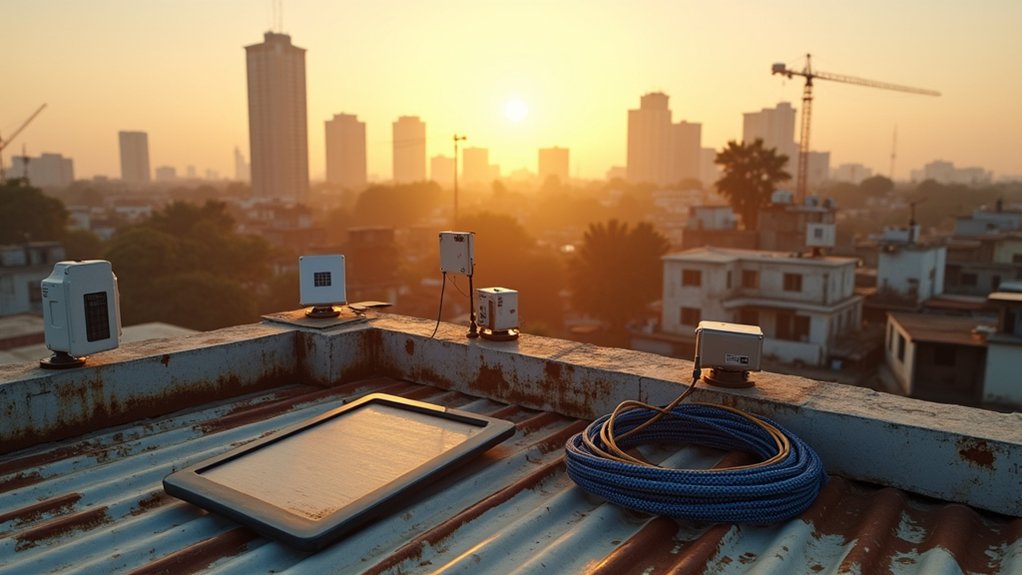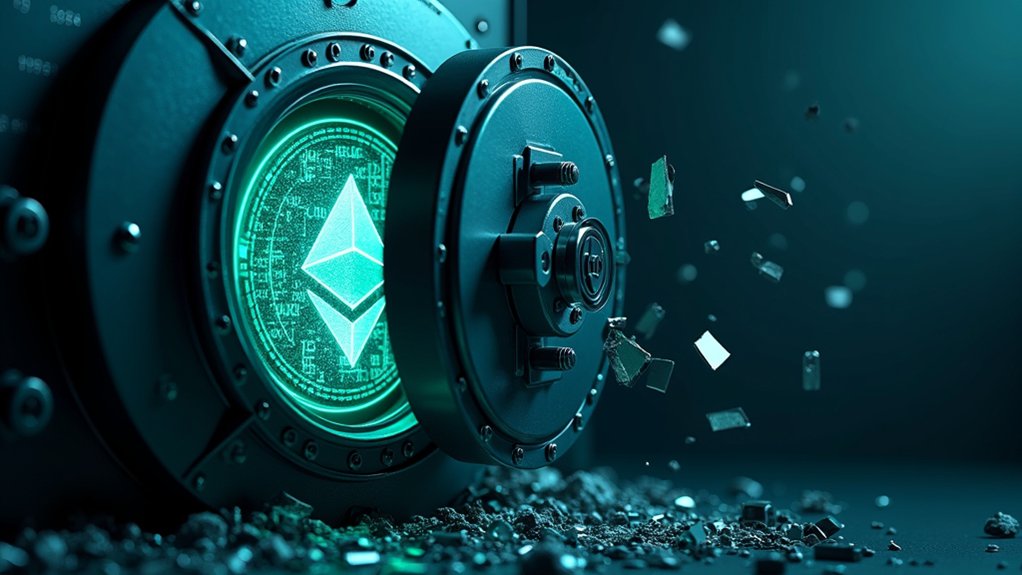How exactly does Solana justify its recent network fork amid persistent concerns over blockchain stability and validator coordination failures? The answer lies, ostensibly, in the imperative for validator upgrades designed to restore and enhance network stability, a goal that sounds commendable yet reeks of reactive patchwork rather than proactive engineering. Solana’s network fork, a divergence creating competing transaction histories, demands validators to urgently upgrade their nodes to align with the new protocol—an expectation that presumes flawless coordination in a decentralized milieu notoriously plagued by asynchronous updates and conflicting incentives. The fork’s implementation process, involving proposal, review, and deployment phases, hinges precariously on validators’ willingness and capacity to promptly adopt upgrades; failure here risks network partitioning and transaction finality collapse, outcomes that would erode any claim to stability. Crucially, the fork highlights the central role of consensus protocols in maintaining blockchain integrity without a central authority. Solana’s strong emphasis on validator allocations in its tokenomics underscores the critical importance of validator participation in safeguarding network decentralization and security. This scenario exemplifies the challenges of achieving network-wide agreement in a system where thousands of nodes must synchronize transaction records in real time.
This fork is not a mere technical footnote but a stark admission that Solana’s Proof-of-Stake consensus model, relying on single leaders per slot and stake-weighted fork choice, remains vulnerable to splits and malicious behavior, necessitating heavier intervention through network upgrades. Validators, caught between the need for seamless transitions and the reality of fragmented software versions, face the unenviable task of reconciling competing chain versions with minimal disruption. While touted upgrades like the Firedancer validator promise throughput leaps to one million TPS, the immediate reality is a network walking a tightrope—straining under the weight of coordination demands and the imperative for swift, comprehensive validator upgrades to safeguard network stability.









